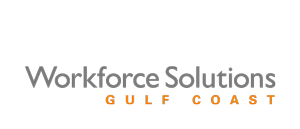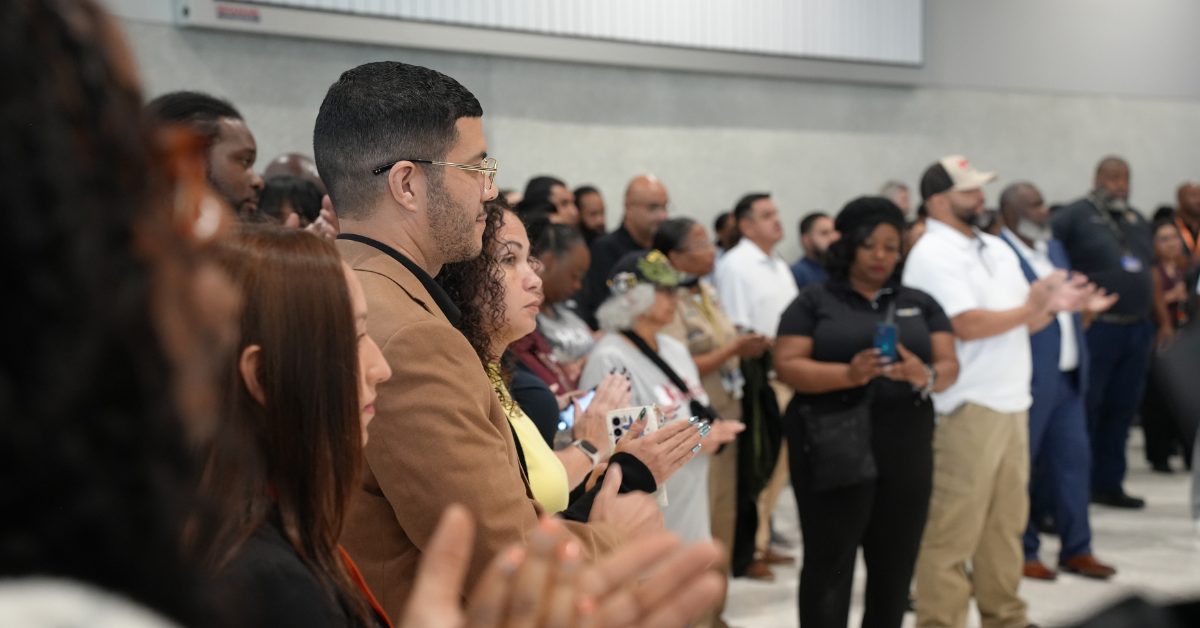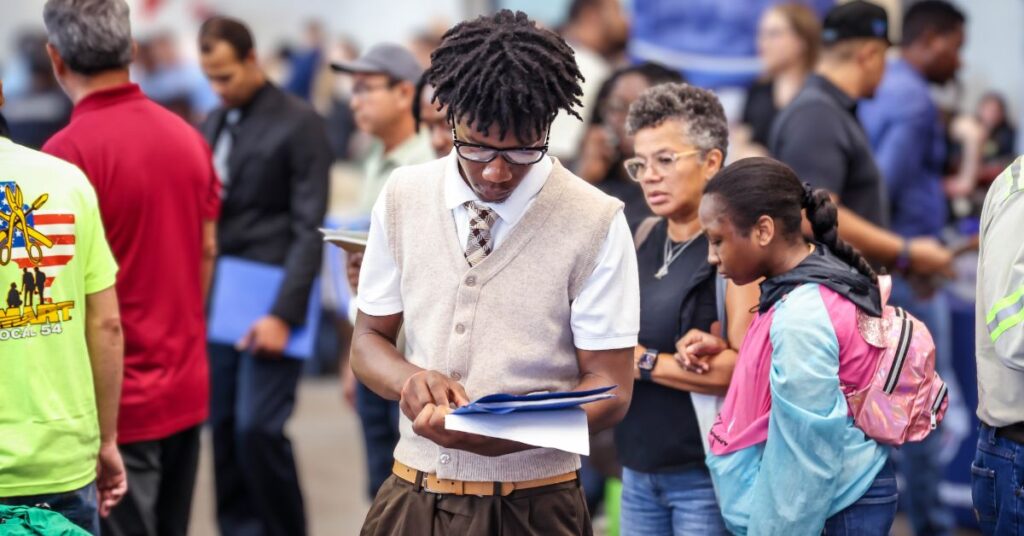As the workforce becomes increasingly diverse, managing a multigenerational team has become an essential skill for managers. With Baby Boomers delaying retirement and Generation Z entering the workforce, understanding the dynamics of a multigenerational team is more important than ever. By embracing generational differences, companies can create an environment where each age group contributes its unique strengths, leading to a more cohesive and productive team.
The workforce today spans several generations, including Baby Boomers, Generation X, Millennials, and Generation Z. Each generation brings distinct values and work styles shaped by the eras in which they grew up. For instance, Baby Boomers tend to prioritize stability and face-to-face communication, while Millennials and Gen Z prefer digital communication and value flexibility in the workplace. Managers who actively seek to understand the needs of each generation can build more inclusive, supportive teams where everyone feels valued and motivated to contribute.
One of the most significant challenges in managing a multigenerational workforce is communication. Each generation has its preferred mode of interaction, and recognizing these preferences is key to effective engagement. To bridge the communication gap, employers should implement a variety of communication channels. This can include a blend of traditional and modern tools to ensure all employees feel comfortable and heard.
Also, to ensure all employees are equipped to succeed, training and development programs must cater to the diverse learning preferences of each generation. While Gen Z might prefer interactive, technology-driven learning experiences, Baby Boomers may respond better to more structured, classroom-style training. Cross-generational mentoring programs are an excellent way to promote collaboration and skill-sharing across age groups.
Another key step is developing inclusive company policies that account for the different priorities of each generation. Involving employees from all generations in decision-making can lead to policies that are more inclusive and reflective of the diverse needs within the organization.
Finally, successfully managing a multigenerational workforce requires an inclusive, adaptive approach that leverages the strengths of each generation. By understanding the unique priorities and expectations of each group, tailoring communication methods, offering diverse learning opportunities, and implementing inclusive policies, organizations can foster a work environment where all employees feel valued and empowered.
To help your company create programs that engage employees of all ages and build inclusive workplace policies, contact our team of consultants. We can assist in designing customized training programs and HR strategies that ensure your multigenerational workforce thrives together.




